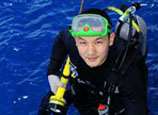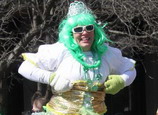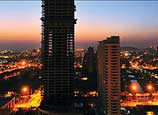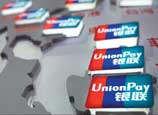
TO get its 787 Dreamliner flying again, Boeing Co is testing the plane's volatile battery system to a rigorous standard that the company itself helped develop - but that it never used on the jet.
Boeing's decision has thrust an arcane standard known as RTCA to the center of the debate over whether Boeing and the US Federal Aviation Administration were rigorous enough when they originally set standards for the 787 battery system in October 2007. The debate could have broad implications for the future use of lithium-ion batteries on aircraft.
A committee co-chaired by Boeing published safety guidelines in March 2008 for using lithium-ion batteries on aircraft to minimize the risk of fire. But because they arrived five months after the FAA had approved a set of special conditions for the fire safety of the Dreamliner battery system, Boeing did not have to meet the more stringent guidelines. The FAA never required it, and Boeing did not choose to use them.
Last week, Boeing decided to shift to the tougher RTCA standard for a revamped 787 battery system. The move came after regulators grounded Dreamliners worldwide in January following a battery fire on a Japan Airlines 787 at Boston's Logan airport and a battery meltdown on an All Nippon Airways flight in Japan.
Some battery industry experts were surprised Boeing did not apply the RTCA standard when it was published in 2008. Even though the tests were not required, they would have served as a check on Boeing's design assumptions and possibly prevented the battery from overheating in January, they said.
John Goglia, a former board member of the National Transportation Safety Board, said he sees the use of the RTCA standard "as an admission that they didn't do a good job in the beginning."
"It is going to be part of the final NTSB report," he added. "It will be at least mentioned in there."
The NTSB last month questioned the assumptions Boeing and the FAA made when certifying the battery system in 2007.
















 Recruitment of flight security officers attracts capable men
Recruitment of flight security officers attracts capable men


![]()
